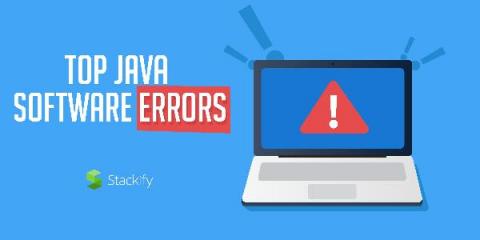How To Keep Developers Moving Fast From The First Line Of Code To Production (And Beyond)
Troubleshooting customer issues in production is a difficult job. These are the issues that impact the business the most, so consequently, stress levels are almost always at a high. And it’s never fun to be measured against an SLA, which feels like you’re stuck in a losing battle. And it’s especially hard in the world of microservices and Kubernetes, because it’s so difficult to recreate a reliable replica of production in your local development environment.











